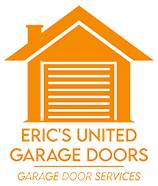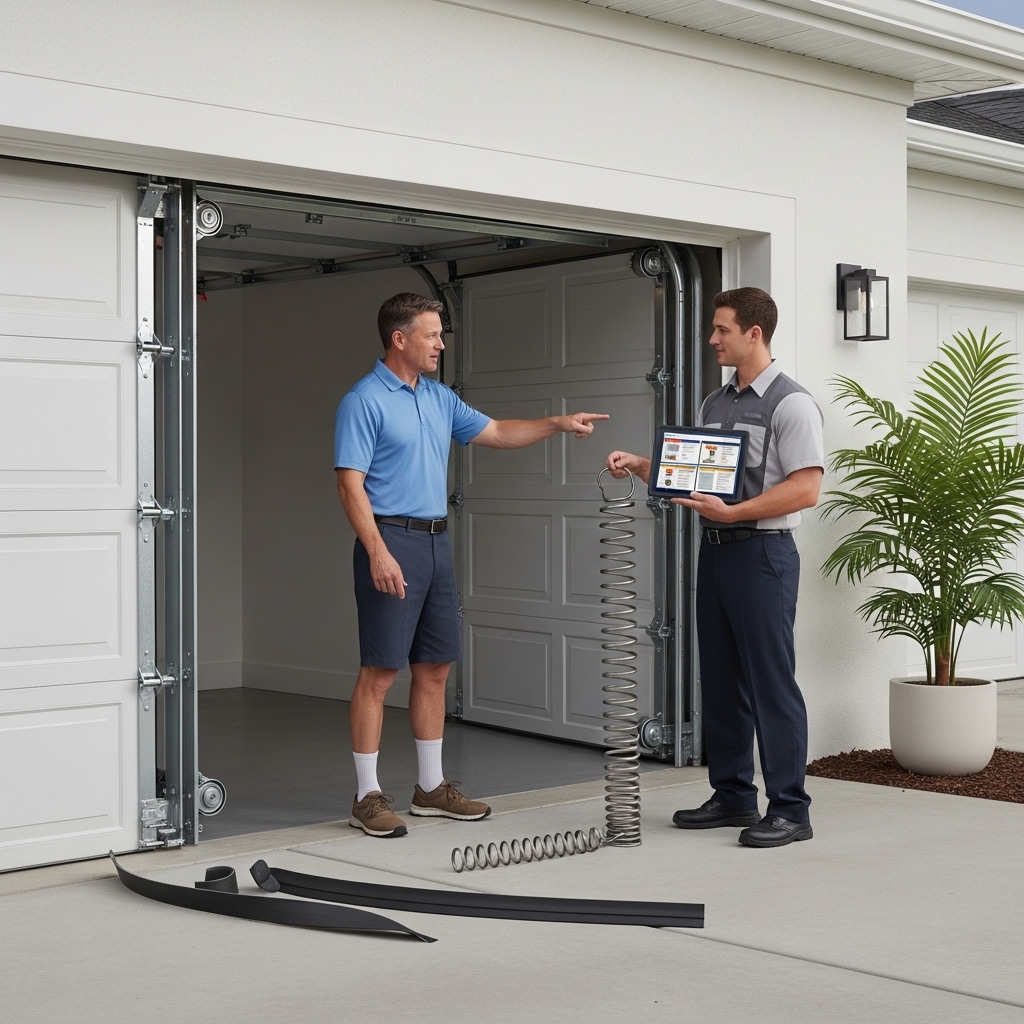Understanding Residential Garage Door Repair in Your City, Florida
When a garage door malfunctions, homeowners want two answers right away: how long will it take to fix, and what factors influence the final investment. While specific figures vary by door type, condition, and parts needed, you can still plan with confidence by understanding the elements that drive decisions and timelines. If you are facing a stubborn door today, start by scheduling skilled garage door repair so your home stays safe and accessible.
Your City, Florida, presents unique conditions for residential garage systems. Humidity, coastal air, and storm season can accelerate wear on springs, rollers, and electronics. Knowing the common issues and how they are addressed helps you estimate timeframes and prepare your household.
What Influences Repair Decisions
Several variables shape the recommended repair approach for a residential door:
- Door weight and construction: Insulated, wooden, or oversized doors place different demands on hardware.
- Age of components: Older systems may benefit from paired replacements (like both springs) to restore balance.
- Extent of damage: A minor sensor adjustment is different from a full track realignment.
- Opener compatibility: Some repairs prompt updates to settings or accessories for smooth operation.
- Local environmental factors: Humidity and salt can corrode parts, requiring rust-resistant hardware.
These considerations help technicians recommend the most reliable path forward while minimizing repeat breakdowns.
Typical Residential Repair Timeline
Timeframes differ with the scope of work, but most residential repairs follow a predictable flow:
- Intake and scheduling: A brief call to gather symptoms and confirm access.
- Arrival and safety: The door is stabilized to prevent sudden movement.
- Diagnosis: A targeted inspection identifies worn or failed components.
- Repair: Parts are replaced or adjusted; tracks and hardware are checked.
- Testing: Balance, safety reversal, and travel limits are verified.
- Maintenance review: You receive tips to extend the life of your system.
Because stocked vehicles carry common components, many issues can be resolved in a single visit. Complex situations—like panel damage or custom doors—may take longer if special-order parts are required.
Common Residential Issues in Your City
Homeowners often call for help with these problems:
- Broken or fatigued springs leading to a heavy or immovable door.
- Worn rollers causing jerky, noisy operation.
- Frayed cables that create balance and safety concerns.
- Opener malfunctions after power surges or lightning.
- Misaligned or obstructed photo-eye sensors that prevent closing.
- Loose hinges and brackets from vibration and humidity.
Each issue requires a tailored approach, and quality repairs include a system-wide check to ensure no related parts are ready to fail.
Planning Without Sharing Specific Prices
While this guide avoids quoting figures, you can still plan effectively by focusing on scope. For example, a simple sensor realignment typically wraps up quickly, while a spring replacement involves safety procedures and precise setup. Panel damage or track bends may require extra alignment work. Your technician will explain the scope and provide options so you can make a confident decision.
How to Prepare for a Technician’s Visit
A few small steps can streamline the visit and reduce downtime:
- Clear the area around the door and opener for easy access.
- Note when the issue started and any noises or error lights you observed.
- If the door is open and cannot close, keep the area secured until help arrives.
- Have remote controls and keypads available for testing.
Maintenance Habits That Save Time Later
Routine attention helps prevent bigger problems and speeds up repairs when they are needed:
- Lubricate metal moving parts every few months with a suitable product.
- Clean and align safety sensors; keep the beam path clear.
- Check weatherstripping for gaps and replace as needed.
- Listen for new noises and schedule a checkup at the first sign of trouble.
Mid-Project Checkpoints and Communication
Good communication ensures you understand what is happening at each stage. Expect a clear explanation of the diagnosis, the parts involved, and the tests that confirm a successful repair. If the inspection uncovers additional wear, your technician will discuss whether addressing it now could prevent another service call. When you are ready to move forward, book professional garage door repair with a team that prioritizes safety and thorough testing.
Environmental Considerations in Florida
Coastal climates add unique requirements for residential garage doors. Corrosion-resistant hardware, periodic inspection of fasteners, and opener protection from humidity help your system hold up. After strong storms, a brief visual check for bent tracks, loose brackets, or panel stress can catch issues early.
Frequently Asked Questions
Q: How long does a typical residential repair take? A: Many repairs are completed the same day, with timing based on the parts involved and whether anything needs to be specially ordered.
Q: Should both springs be replaced at once? A: Springs generally wear at similar rates, so replacing them together can improve balance and reduce future downtime.
Q: My door is noisy. Is that a sign of failure? A: New noises often indicate wear; lubrication may help, but persistent grinding or popping should be inspected.
Q: The door won’t close unless I hold the wall button—what’s wrong? A: This often points to misaligned or obstructed sensors or a lock mode setting.
Q: Can you service insulated or carriage-style doors? A: Yes. Technicians carry parts and expertise for a variety of residential doors.
Q: Do storms affect garage door reliability? A: High winds and debris can stress panels and tracks; a post-storm inspection is a smart precaution.
Plan Your Repair with Confidence
If your garage door is slowing you down, do not wait for the problem to escalate. Schedule trusted garage door repair in Your City, Florida, and get clear timelines, expert workmanship, and safety-first testing from start to finish.

